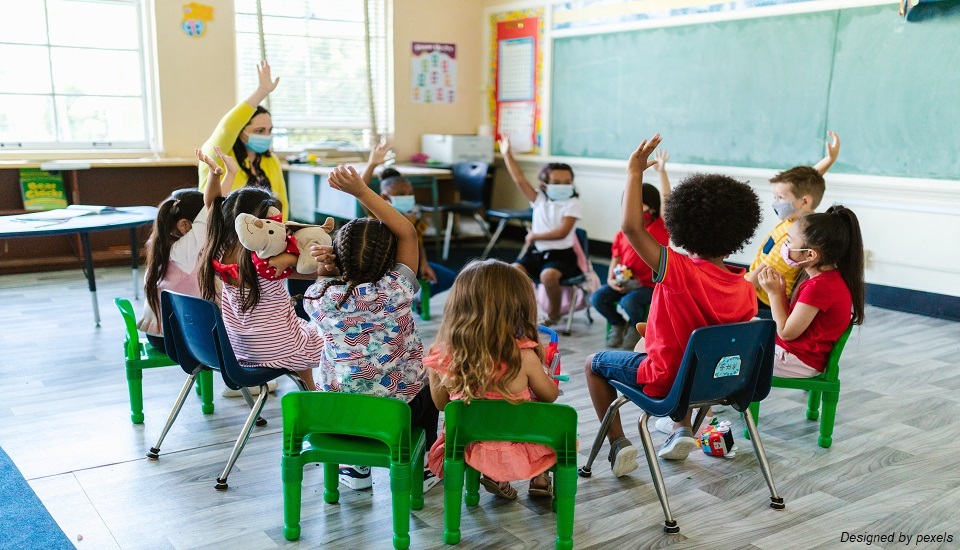
Understanding The Purpose And Drawbacks Of Self-Contained Classrooms
24th July 2023
Self-contained classrooms are specialized educational settings where students with disabilities are taught separately from their typically developing peers. These classrooms aim to provide a tailored learning environment that meets the unique needs of students with diverse learning challenges. While self-contained classrooms can offer certain benefits, they also come with their drawbacks. This article explores the advantages and disadvantages of self-contained classrooms, particularly focusing on their uses for students with disabilities and the potential negative effects.
What are Self-Contained Classrooms?
Self-contained classrooms are classrooms specifically designed for students with disabilities who require intensive support, individualized instruction, and personalized attention. These classrooms operate within a general education school but are physically separate from mainstream classrooms. The size of self-contained classrooms is generally smaller, allowing for a more controlled and structured learning environment.
Uses for Students with Disabilities
Here are some of the benefits of self-contained classrooms:
- Personalized Instruction
One of the significant benefits of self-contained classrooms is the ability to tailor instruction to individual student's needs. Special education teachers in these classrooms can create individualized learning plans and use various teaching methods to accommodate diverse learning styles and abilities.
- Enhanced Support Services
Students in self-contained classrooms often have access to a range of support services, including occupational therapy, speech therapy, and counseling. This comprehensive support system helps address their specific needs and fosters better academic and social development.
- Building Self-Esteem and Confidence
In a self-contained classroom, students can experience success at their own pace, which boosts their self-esteem and confidence. As they achieve academic and personal milestones, they become more motivated to continue learning and growing.
Hey, do you follow us on Social Media? We regularly share upgraded educational content, tips, feedback and more. Check us out by clicking the profiles here - Facebook / Twitter / LinkedIn / Pinterest / Instagram / YouTube
- Reduced Stigma and Bullying
For some students with disabilities, attending mainstream classrooms can lead to stigmatization and bullying. In self-contained classrooms, they are surrounded by peers who face similar challenges, fostering a more supportive and understanding social environment.
Negative Effects of Self-Contained Classrooms
Some of the drawbacks of self-contained classrooms are listed below:
- Limited Exposure to Typical Peers
One of the primary drawbacks of self-contained classrooms is the limited interaction with typically developing peers. The lack of exposure to mainstream settings may hinder the development of social skills and the ability to adapt to diverse social environments.
- Lowered Academic Expectations
In some cases, self-contained classrooms may unintentionally set lower academic expectations for students with disabilities. Without exposure to grade-level content, some students may not reach their full potential and struggle to catch up when transitioning to mainstream settings.
- Potential for Dependency
The individualized support provided in self-contained classrooms might inadvertently lead to a sense of dependency on teachers and aides. This dependence could hinder the development of independent learning and problem-solving skills.
- Resource Allocation
Creating and maintaining self-contained classrooms can be costly for school districts. This raises concerns about the allocation of resources, potentially diverting funds from inclusive programs and initiatives that benefit all students.
- Inclusion and Social Integration
Critics argue that self-contained classrooms perpetuate segregation in the education system and limit opportunities for students with disabilities to experience full inclusion in mainstream society.
Striking a Balance
While self-contained classrooms offer essential benefits for students with disabilities, it is crucial to strike a balance between individualized support and social integration. Educators and policymakers must work together to create inclusive educational environments that provide the necessary accommodations and support for students with disabilities while fostering meaningful interactions with typically developing peers.
Find Your Own Fit For Your Students
Self-contained classrooms play a crucial role in providing personalized instruction and support for students with disabilities. If teachers have completed in-class or Online special education courses, they can create a safe and nurturing learning environment, allowing students to thrive academically and personally. However, the potential negative effects, such as limited social interactions and lower academic expectations, require careful consideration. To ensure inclusive and equitable education for all, it is essential to explore ways to promote social integration and provide appropriate support for students with disabilities within mainstream classrooms.
Find the right course for you and try out the course. Contact us at +6621056101 or WhatsApp us at: +66812628832. You can also mail us at asiancollegeofteachers@gmail.com
Written By : Victoria Lewis




